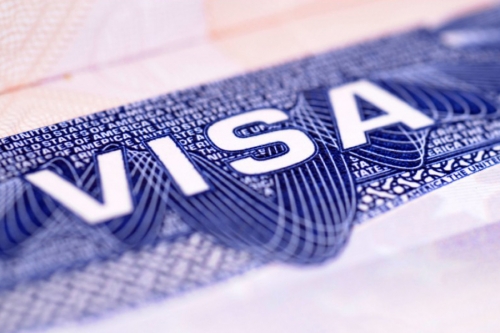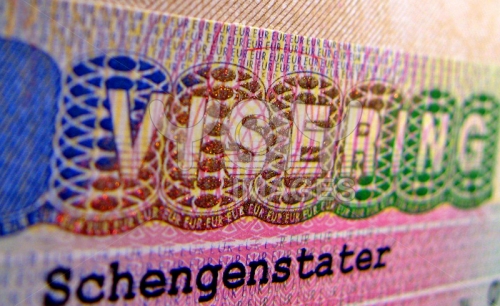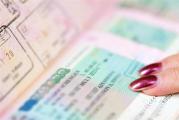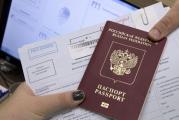What does the first entry rule mean?
Zones need not only visas, but also knowledge of a number of rules that must be observed. Every tourist needs to know what the rules of the first entry and the main country are, which are sometimes revised, so it is simply necessary to follow changes in legislation so as not to get into an unpleasant situation and not spoil the rest for yourself and your family members.
So, let's find out the essence of these concepts in order.
Changes in the code in 2013 for the first entry into the Schengen
Let's take a look at recent history and see what changes this document has undergone 3 years ago.
According to the new rules, the basic principle has changed, according to which the days of a tourist's stay in the state were counted. If previously a traveler could stay in a Schengen country for 90 days within 6 months, then since 2013 everything has changed.
From this period, the number of days began to count for a whole year. In other words, the state allows a tourist to stay in the country for 90 days for no longer 6 months, but 12. Let's say the period of validity of a citizen's visa is 1 year - from January 2016 to January 2017. He plans to go on vacation 4 times during this time. He will have to plan trips and go to the chosen country in such a way that the total number of days spent abroad does not exceed 90 per year. If this rule is violated, the consulate will expel a foreign citizen from the state, despite the fact that he has a valid, not expired visa.
Attention: The calculation of the number of days is carried out on a visa that has expired if it belongs to this year.
By the way, the document changes discussed above apply not only to avid travelers, but also to those who are a rare guest abroad. Both the former and the latter have to follow all the rules and stand in long queues at passport control if they want to enter another country with a long-awaited Schengen visa.
Airlines from visa innovations in 2013 are also not enthusiastic. Now they are forced to send tourists who have expired visas or have other problems with documents to their homeland at their own expense. In addition to material losses, this is also unnecessary paperwork for checking documents. Such new rules were introduced for those who want to enter the Schengen zone back in 2013.

New rules 2016 and 2019 for the first entry into the Schengen
Since 2016, for everyone who plans to visit the European countries of the Schengen zone, a mandatory fingerprinting procedure has been introduced. This requirement will remain in effect in 2019. Moreover, after 5 years, the tourist will need to go through this procedure again - this is exactly the period of validity of the results.
You also need a biometric passport in order to apply for a visa, but for it you need to do fingerprints a second time. To fill out an application for a passport, a citizen must come to the consulate in person, and subsequently all communication can be carried out online.
Among the positive changes that took place in 2016 and which will have an impact on the situation in 2019, it should be noted:
- Visas will be issued for a short period (15 days);
- The purpose of short trips can be cultural and sporting events.
Of course, such visas will be introduced in different countries gradually. And a tourist who wants to go to another country, for example, to attend a concert, will have to prove his goal by coming to the consulate to apply for a visa.

Classic Schengen Rules: First Entry Rule and Main Country Rule
In addition to the changes that were detailed earlier in this article, there is a standard set of Schengen rules that are in effect at all times. Chief among them are the so-called home country and first entry rule. What is their essence, we will find out further.
As for the first entry, everything is simple. If a tourist plans to visit only one country of the Schengen zone, this rule applies to him by itself. He draws up a visa, and goes where he planned.
If the traveler has not decided on the country of stay in Europe and does not yet know which one he wants to visit, he is obliged to issue a document at the embassy of the country through the border of which he will enter the Schengen. This is the essence of the first rule - the first entry rule.
Violation of this rule will necessarily entail unpleasant consequences at the Schengen border, and can significantly spoil a citizen's visa history. By the way, pleasant exceptions are possible, which, perhaps, it is better not to hope for, but to draw up documents correctly. If a traveler has a multiple-entry visa, as a rule, customs can turn a blind eye.
The rule of the main country says that if a tourist draws up a document at the embassy of a particular state, he must stay in it for most of the time of his trip.
Rules for the first entry into the Schengen
As you can see, as in the first case, the essence of the rule is clear and understandable. It's just as easy to follow. To do this, before the trip, decide which Schengen country is closer to you and where you would like to spend more days.
Attention: this rule is valid in 2019 only for short-term visas!Interestingly, if a tourist plans to stay in several countries for an equal number of days, he will need to obtain a visa at the embassy of the one through which he will enter Schengen.
Visa holders should be especially careful when counting the number of days: the largest number should be in the Schengen country that issued the document.
The main purpose of the second rule considered is to prevent some tourists from abusing the hospitality of certain embassies, through which they can freely enter other countries.
According to the experience of many tourists, the easiest way to get visas is in:
- Finland;
- Latvia;
- Czech Republic.
More problems arise with such states of the Schengen area as:
- Germany;
- Denmark;
- Holland.
But do not despair if you have not received a visa, for example, to Germany, which you have long dreamed of visiting. It is easier and faster to issue a document to France, and from there to go to the desired state for a few days.
Note that both rules, both the first entry and the main country, must be taken into account when traveling by car to the Schengen zone. Otherwise, the tourist may incorrectly calculate the number of days spent in the transit state, and incorrectly determine the main country. These are things to think about before you travel. Most likely, the transit state will be considered the first.




